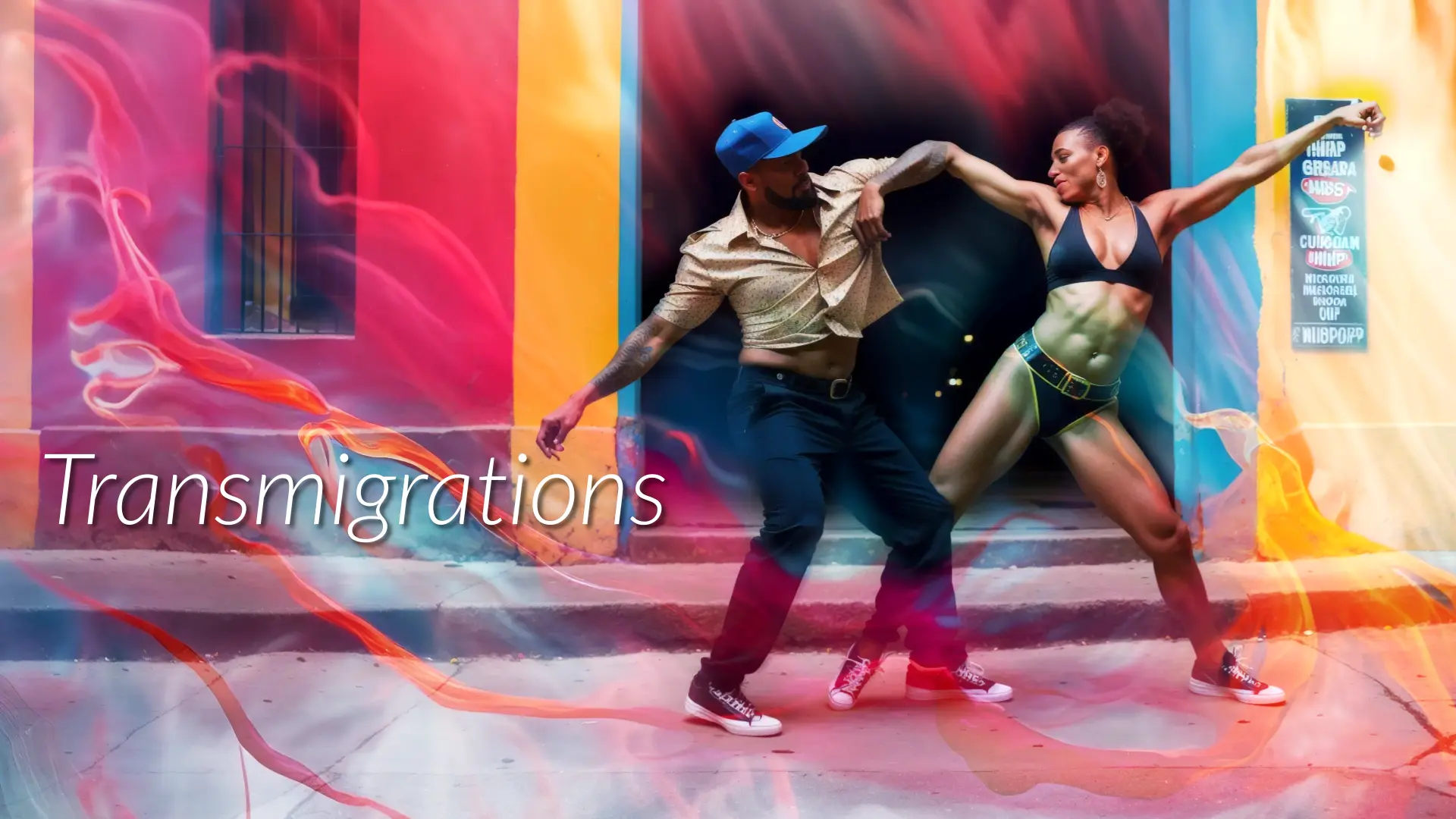Transmigrations
|The Transmigrations live music concert was performed in Toronto on June 9, 2023 at the Toronto Reference Library and November 17, 2023 at Factory 163 in Stratford.
This concert, a collaboration between Dhaivat Jani and Ryan Kelln, is part of the Provocation Ideas Festival, and explores the history of the technological transformation of modern society, the nature of intelligence, and the recent revolution in generative AI tools.
It includes an integrated discussion about the practice of using these tools and how increasingly intelligent and accessible tools will shape economics, politics, and culture.
Download the PDF programme.
This concept co-presented with the Toronto Public Library in Toronto and with SpringWorks in Stratford.
Watch the full Stratford performance on Youtube.
Programme:
- Sci-Fi Medley
- Bird Brained
- Wikipedia Jam (Stratford, ON)
- Fade to Black
- What is Art?
- Migrations Without Borders
Performed by:
- Chris Pruden – keys, synth
- Dhaivat Jani – drums, compositions, arrangements
- Lucas Dubovik – saxophone
- Ryan Kelln – visuals
June 9, Toronto:
- Matt McCormack – bass
November 17, Stratford:
- Devon Goping – bass
Technical & Addition Work by:
- Mark Rosenfeld – founder, director of Provocation Ideas Festival
June 9, Toronto:
- Jason Cullimore – moderator
- Mesfin Bayssassew – audio/visual engineering
- Heather Legere – audio/visual engineering
- Fiona O’Conner – Senior Services Specialist, Digital Literacy Initiatives at TPL
- Sergio Elmir – Senior Producer, Cultural and Special Event Programming at TPL
November 17, Stratford:
- John Hazen – sound engineer
- Stephen Degenstein – lighting and lighting design
- Mike Fisher – videographer
- Eileen Smith – SpringWorks – production logistics and facilitator, co-presenter
- Andy Foster – graphic design, posters and promotional materials
- Rohan Pillai – promotional materials and website
Panel discussion:
- Loreena McKennett – musician, composer
- Graham Abbey – actor
- Ryan Kelln – digital artist
- Dhaivat Jani – musician, composer
- Stewart Cappie –audio engineer, videographer
- Katie Micak (moderator) – new media artist
Special Thanks
- Laura & Molly
- Keigo Maekawa – visuals testing and development
- Provocation Ideas Festival
- Toronto Public Library
- Stratford Public Library
November 17, Stratford:
Funding and sponsors
November 17, Stratford:
This performance was generously funded by the Stratford community. Thank you!
See the PIF festival sponsors page for details.
Visual tools
All software and tools are open source. Many thanks to everyone for their generous contributions.
For all pieces:
- Ubuntu 22.04 operating system
- framework laptop
- kdenlive video editor
- ffmpeg audio and video tool
- LosslessCut
Images and videos generated using:
- Stable Diffusion text-to-image
- Stable Diffusion webui by Automatic1111
- Controlnet extension
- Deforum extension
- Stable Diffusion Dynamic Prompts extension
- Civitai for custom stable diffusion models
- Realistic Vision v2.0 model
- I Can’t Believe It’s Not Photography model
- Counterfeit-V3.0 model
VJing tools:
Pieces
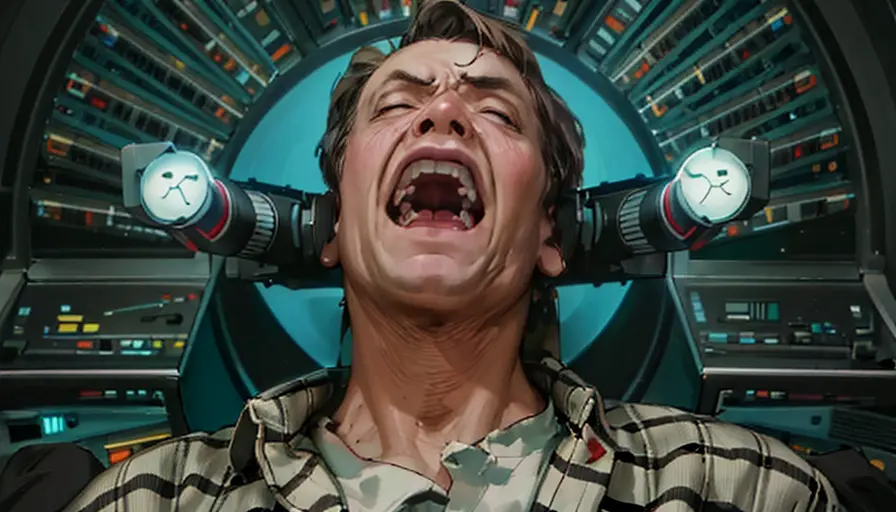
Sci-Fi Medley
- Original Arranger: Lucas Marchand
- Transmigrations Arrangement: Dhaivat Jani
- Visuals: Graham Robinson & Ryan Kelln
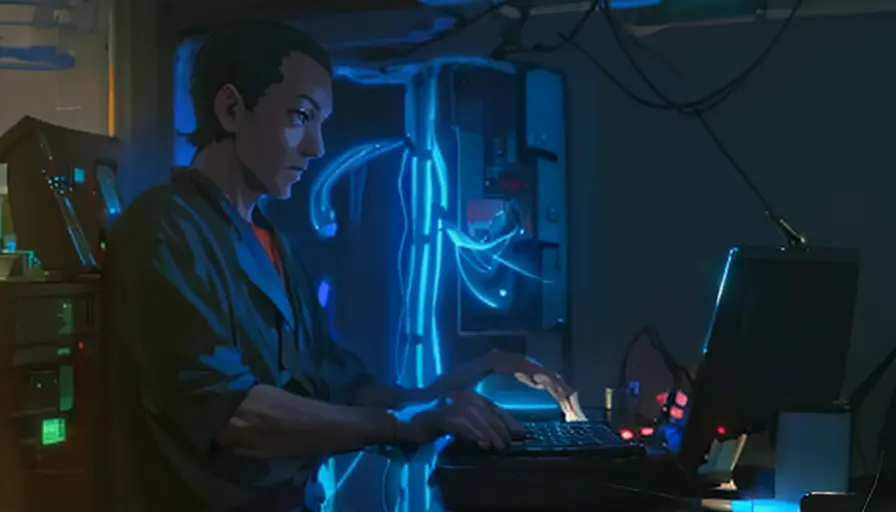
A retelling of the story of the birth of artificial intelligence by remixing science fiction tropes, set to a mash-up of the music of sci-fi films, re-imagined in an anime style. A galaxy-spanning story of love, forgiveness and second chances and the denial of those to our alien child-machines. I grew up on and love sci-fi films, but the stories they tell have very little to do with the very difficult choices ahead, more often reflecting the choices we regret. In film, robots are seen as the other; both angel and devil, through lenses of profit and danger. A gaze familiar to immigrants and other marginalized groups to be sure, but the machines will never be human. In our shared story with the machines, we struggle for collaboration, careful trust, and thoughtful embracing of the other.
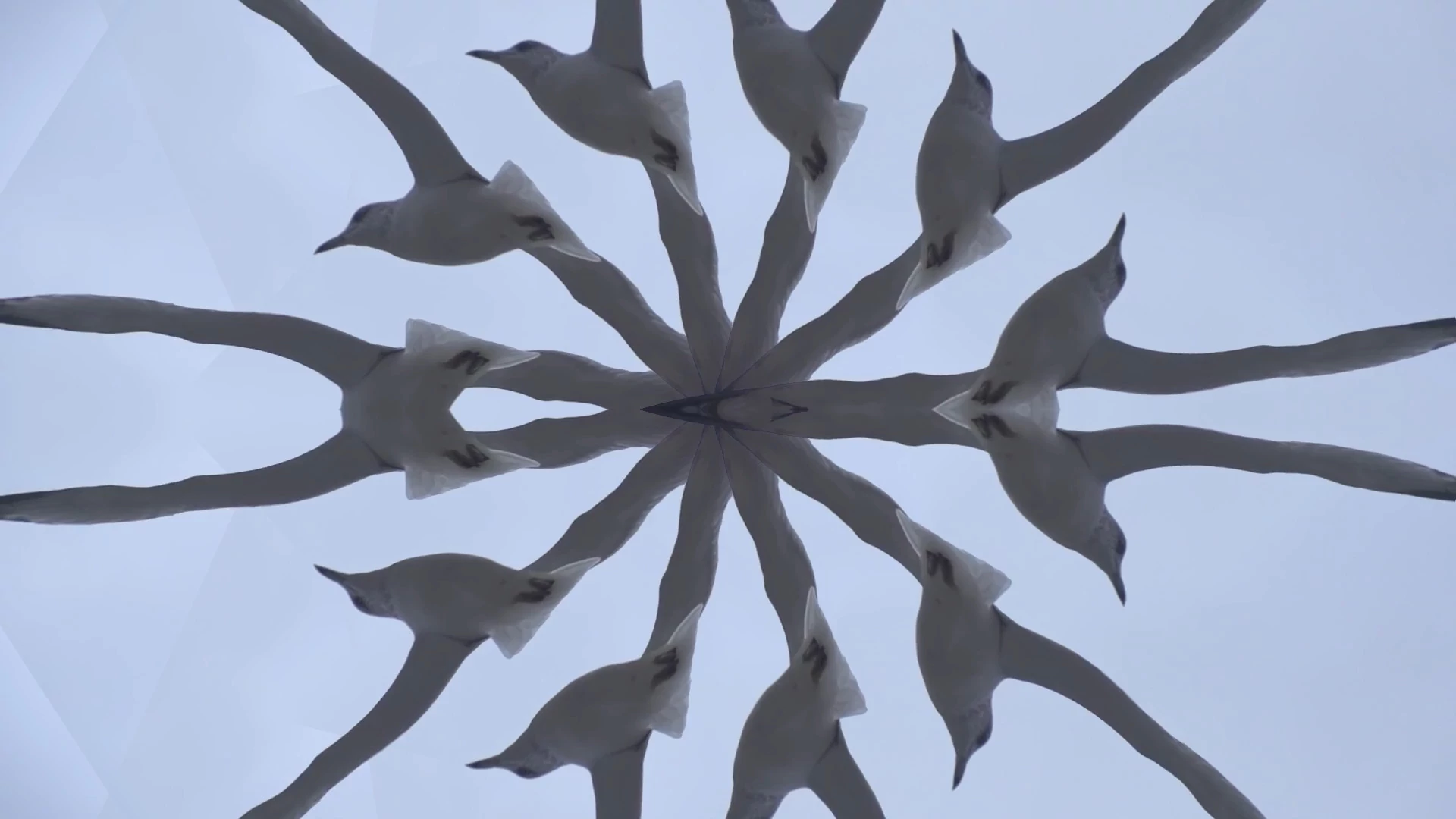
Bird Brained
- Composer: Jackson Welchner
- Transmigrations Arrangement: Dhaivat Jani
- Visuals: Ryan Kelln

Related: Bird Brained 2021 from Sound Escapes concert
Jackson and Ryan’s collaborations feature a recurring motif of birds. This piece celebrates the diversity and intelligence of avian species, highlighting their social behaviours, problem-solving abilities, and memory skills that often mirror those of humans. It features Craig Reynold’s renowned “flocking” algorithm and imagines an alternate universe of bird people.
Despite our fascination with birds, we tend to overlook their sentience and emotional capacity, often treating them as mere objects for consumption. This limited perspective is not unique to birds, as humans have a tendency to misunderstand the minds of other beings, ignoring signals outside of our own perception and understanding. For example, we overlook the communication and intelligence of rats used in experiments due to our inability to perceive their ultrasonic squeaks.
Similarly, we often view emotions as a uniquely human quality, a hallmark of our own humanity. Recent advances in AI have revealed that many behaviours we once thought were exclusively human; game playing, image making and language are, in fact, easier to replicate than “simpler” motor skills. Emotions too may be easy to incorporate into AI and integral to the thinking of many living creatures.
This artwork invites us to reconsider our relationship with birds and other living beings, challenging us to recognize and appreciate their full range of abilities and emotions. What is the sensation of being part of a flock? Would we call it joy?
Wikipedia Jam
A special improvisational piece for the Stratford concert based off the incredible work of Hatnote’s (Stephen LaPorte and Mahmoud Hashemi): Listen to Wikipedia website. Combined with Sol Sarratea’s shader visuals from the Neural Ballet.
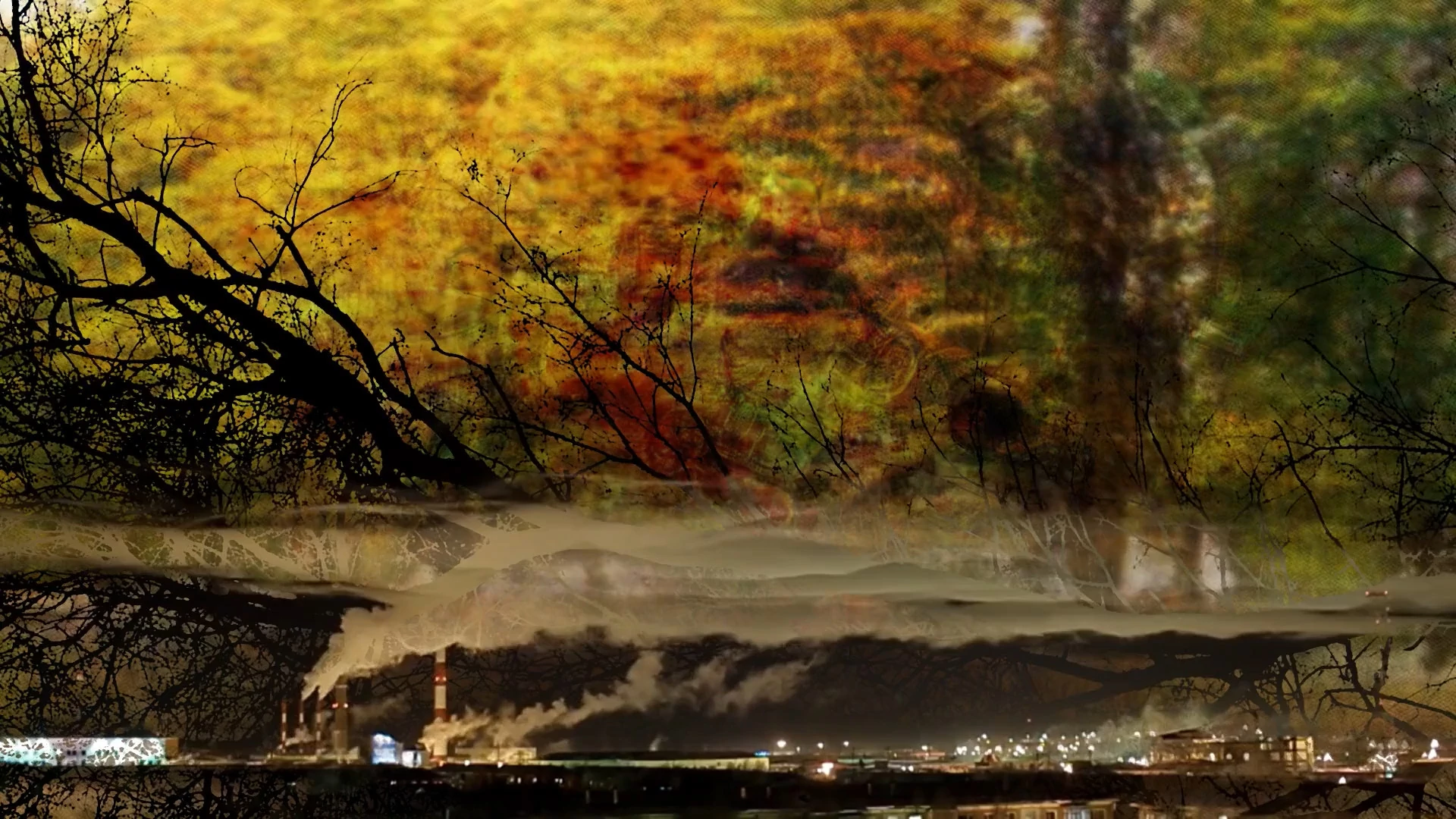
Fade To Black
- Composer: Dhaivat Jani
- Transmigrations Arrangement: Dhaivat Jani
- Visuals: Ryan Kelln
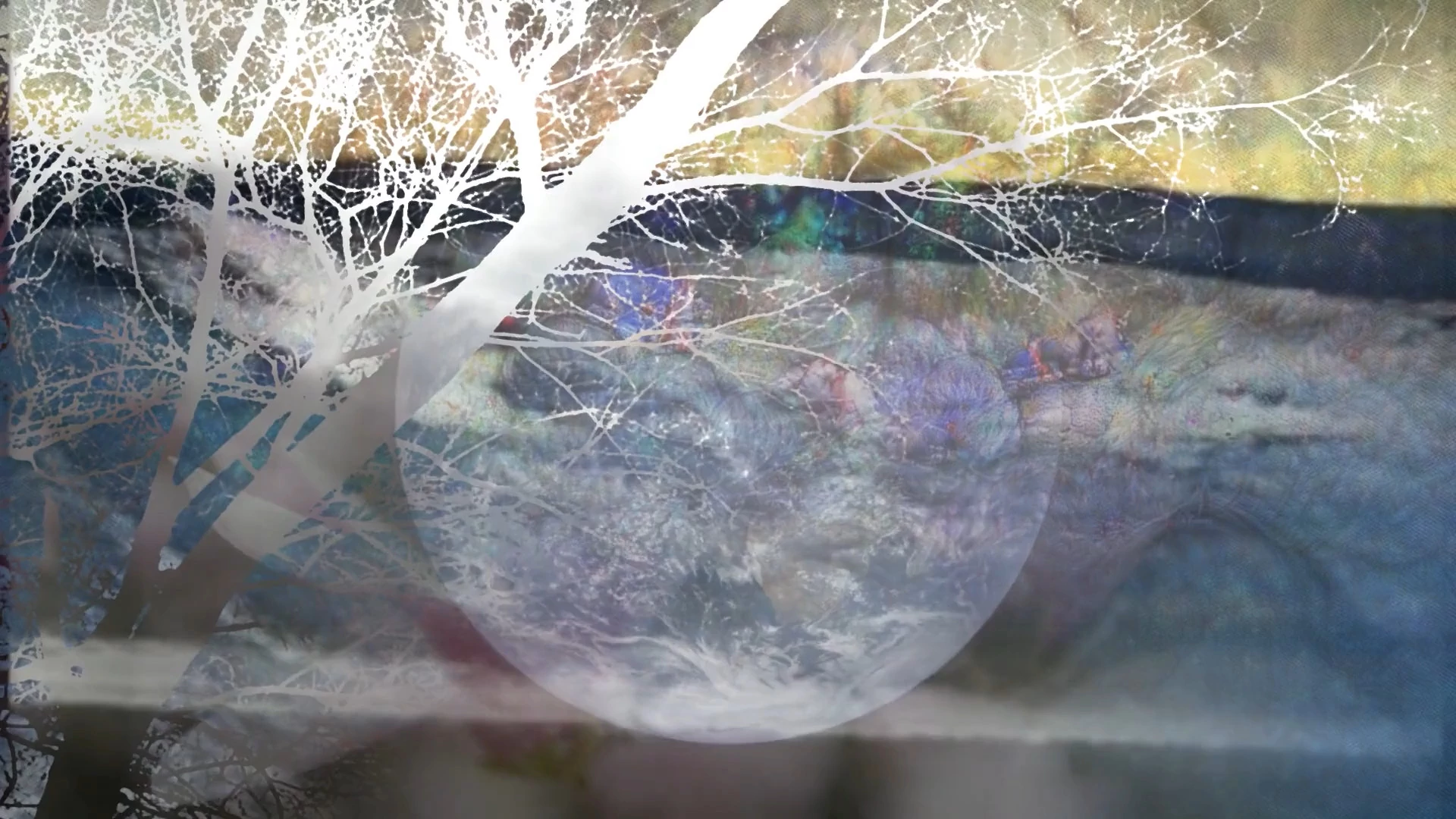
Dhaivat was originally inspired by the beautiful tree outside his window and its transformation throughout the year, and features a progression through spring, fall and winter. The piece took a dramatic turn while it was being composed, and became centred around our feelings regarding the climate emergency and how technology has shaped the world. The visuals are overwhelming, chaotic, multi-layered and masked by each other, representing the complexities of the many problems facing humanity and the way that makes us feel.
One of the many layers includes a history of human technology, as dreamt by a machine. Another is composed of videos representing humanity and our relationship with the environment and human industry, many from Prelinger Archives at the Internet Archive.
Vaclav Havel once said, “Hope is not the conviction that something will turn out well but the certainty that something makes sense, regardless of how it turns out.” A safe and sustainable way of life for all makes good sense.
Related: Fade To Black 2021 from Sound Escapes concert
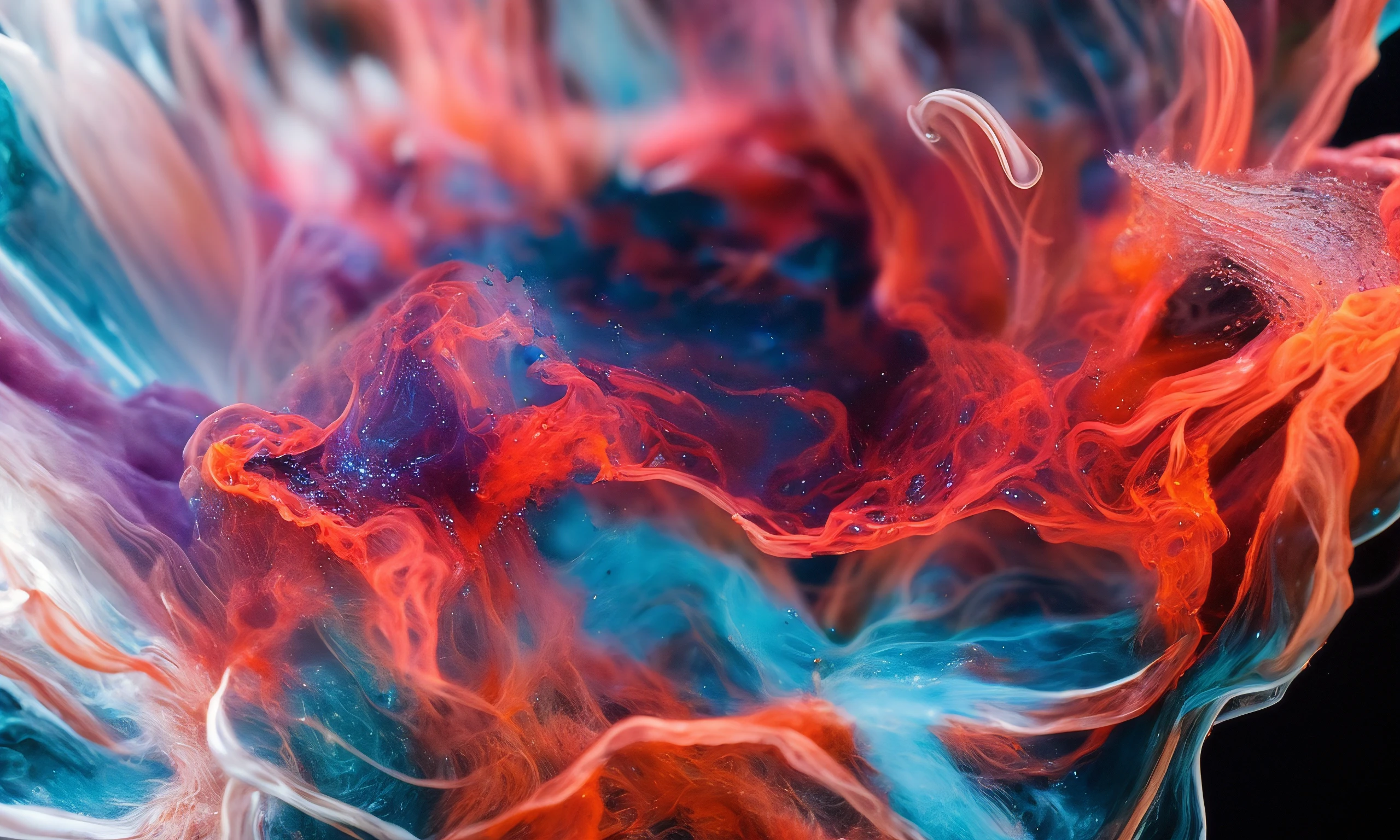
What is Art?
- Composer: Dhaivat Jani
- Visuals: Ryan Kelln & Stable Diffusion v2.1
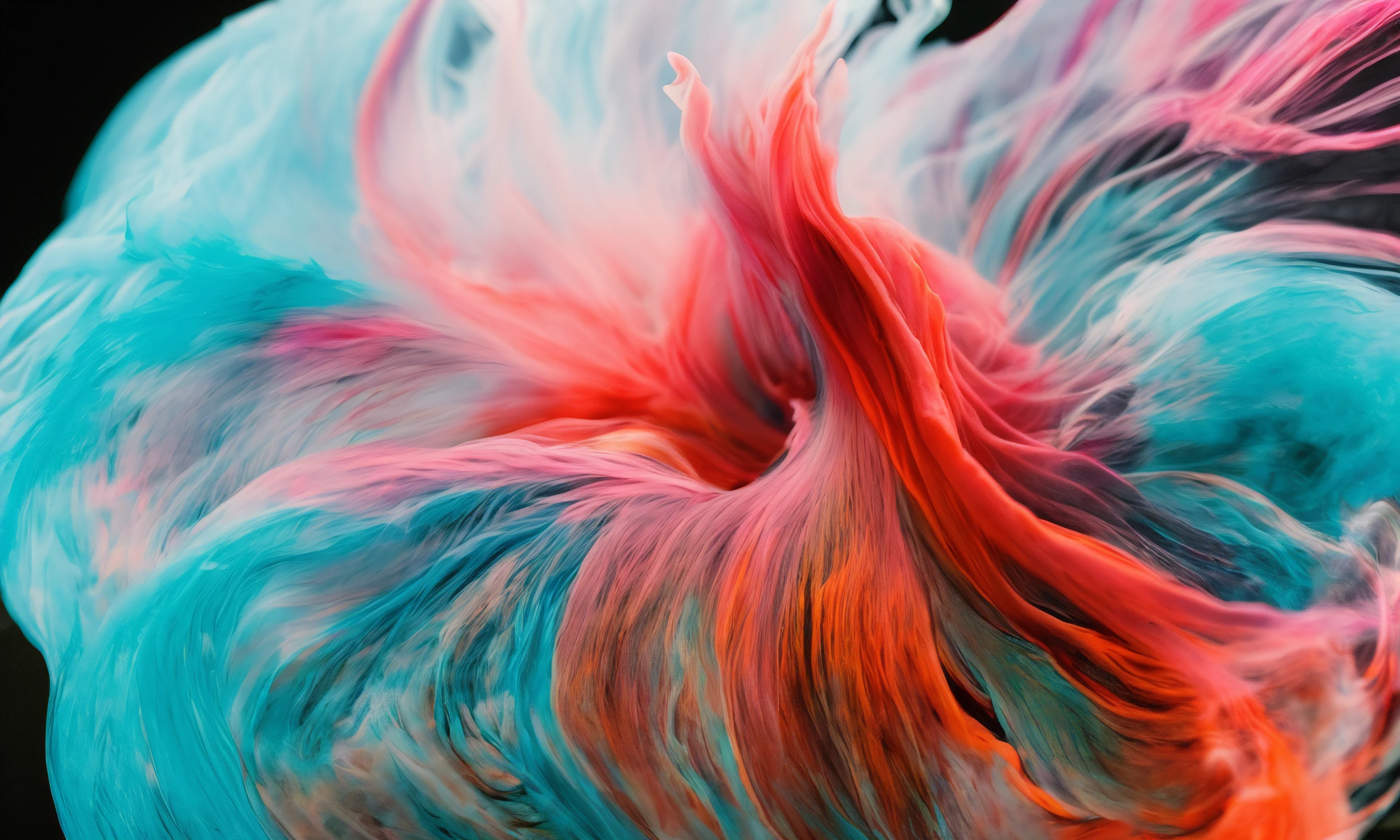
This piece, created entirely of text-to-image AI generated images, is a celebration and critique of AI-generated imagery. The advent of these new intelligent tools has provoked awe, fear and anger in artists and art lovers due to the vast shift in art-making these tools provide. While artists who have become dependent on the industrialization of art worry about copyright infringement and future employment, a much larger number of people have begun creating, easily the largest increase in art-making since cameras became ubiquitous on mobile phones. We are (again) presented with ethical questions around digital art. Does the ease and scale of digital copying change age old questions about the nature and purpose of art making? Kirby Ferguson contends, “everything is a remix”, and his voice joins audio samples from a diverse chorus of artists in a crescendo of beliefs about the real meaning of art.
Text-to-image tools allow for a deep, often idiosyncratic investigation of the relationship between language and imagery. My journey started with two concepts I love: dancing and the fluid dynamics of ink being dropped into water, to this I mixed visually similar but conceptually distant ideas: nebula, anemone, fireworks, and neurons in a lengthy, iterative process of exploring an alien mind exposed to billions of images produced and described by humans – and nothing else.
This is the art of prompt poetry to curate the hivemind’s visual cortex, and feels entirely different from most image making. The labour is a combination of translator, sociologist, detective, poet and curator: discovering what it is you like by brutally judging which of the hundreds of images the tool has created are interesting and how to describe something just a bit better. I’ve spent hundreds of hours seeking for and playing with this dancing ink, learning what it is that I love about these images. I’m starting to know “how” but I am still unsure about “why”. Regardless, like the thousands of people using these tools every day, I am grateful to have these images in my life.
Related: a photograph of ink dropped into water, dancing visuals remix
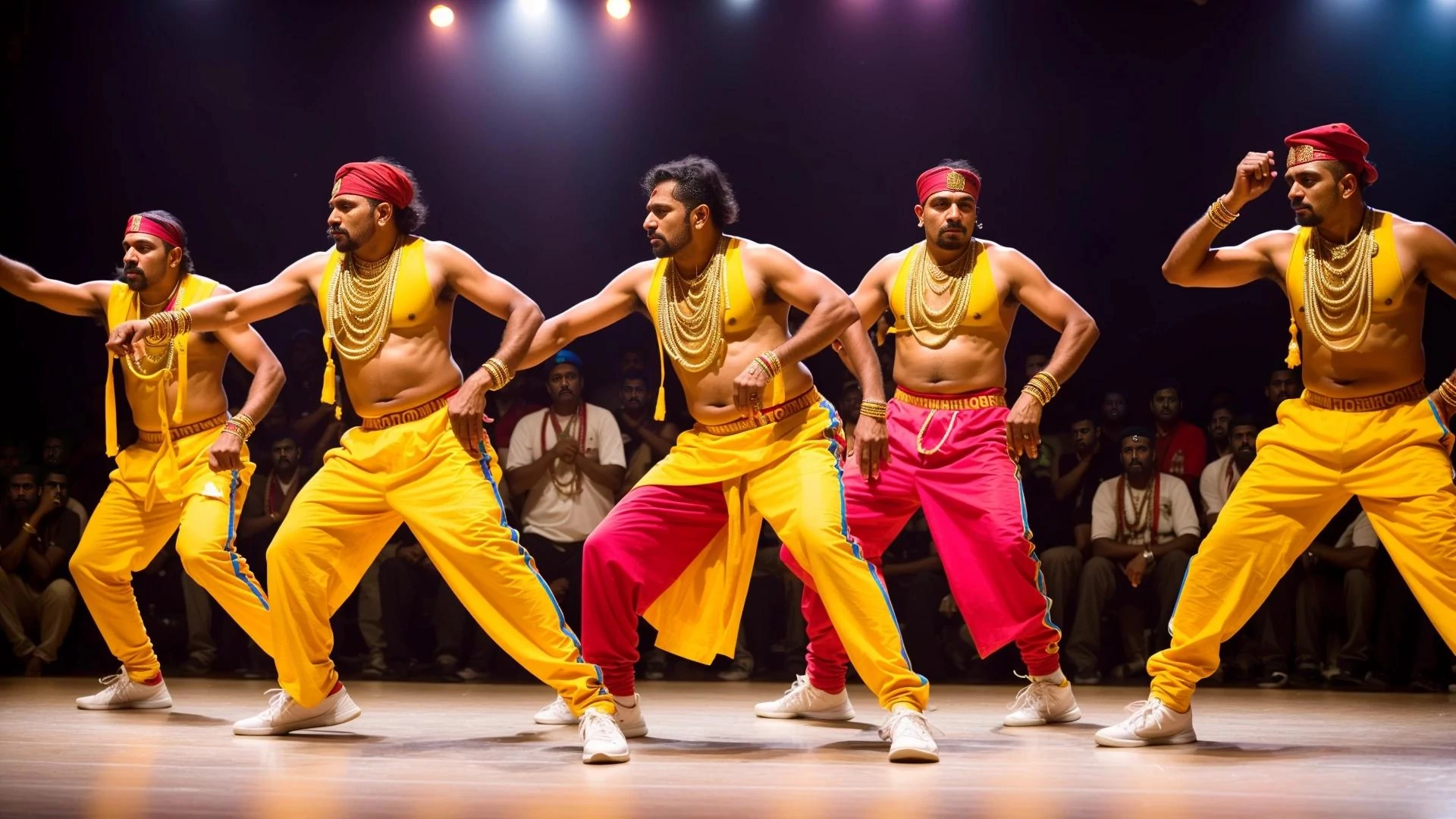
Migrations Without Borders
- Composer: Dhaivat Jani
- Visuals: Ryan Kelln & Stable Diffusion v1.5
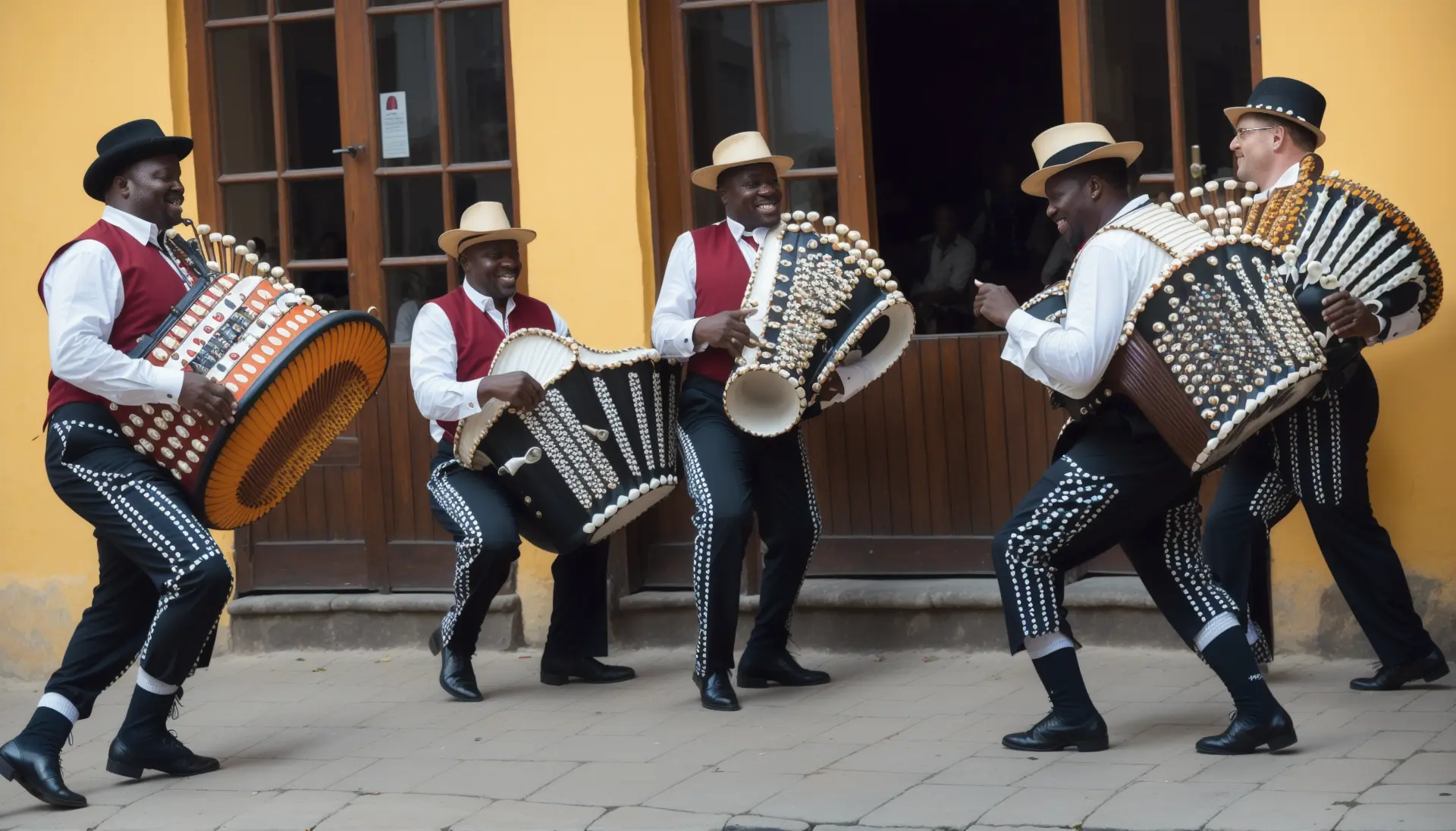
“Migrations Without Borders” is a modular piece of art that explores the potential of AI to mimic and remix cultural styles and elements. Incorporating eight distinct musical styles and corresponding visual elements, the piece allows for the dynamic composition of linked music themes and visuals.
But “Migrations” is more than just a showcase of AI’s abilities. It is a deliberate mixture of themes, including immigration, remix culture, AI bias, and the interplay of language and imagery. Drawing from Dhaivat’s personal experience and Toronto’s diverse cultural landscape, the piece creates a universe of cross-pollination that encourages reflection on the ways in which technology is changing our relationship to culture, identity, and acceptable thought.
The art invites us to consider the consequences of AI’s powers of mimicry and integration. What does it mean for likenesses and cultures to collide and mix so easily? How do we navigate the borrowing of styles and representations that may not be our own? What responsibilities and freedoms do we have in this rapidly evolving landscape?
These questions are an opportunity for participation, not answers. Instead, the piece is an invitation to engage in a process of exploration, reflection and sharing. Participants of the AI art workshops that are part of the Provocation Ideas Festival can submit their own visions of future cognitive, cultural, or artistic migrations informed by their own experiences. The live audience can use their phones to direct the course of the piece as it is performed, inviting them to be active participants in the art and in the larger conversation about the relationship between technology, culture, and identity.
Related: Atomised Migrations visuals remix
